Media Effects Research Lab - Research Archive
How Much Do Advertisements and Bandwagon Cues Affect the Reader’s Perceived Believability, Attention
Student Researcher(s)
Katelyn DeDeo (B.A. Candidate);
Virginia Nielsen (B.A. Candidate);
Jenna Rescigno (B.A. Candidate);
Faculty Supervisor
This paper was based on a project as a part of the COMM 418 Media Effects course.
INTRODUCTION
The purpose of this study is to investigate whether or not different interface cues on fake news content affects how that content is perceived by readers. In recent years, the concept of fake news has become an increasingly popular topic and issue among news media. Fake news is skewing perceptions and beliefs to the point where people don’t know what is credible information and what isn’t. Bandwagon effects increase how much fake news affects us by claiming that the content is credible and truthful just because other people believe it is, too, when that isn’t necessarily the case.
RESEARCH QUESTION / HYPOTHESES
For the general population, what is the relationship between the amount of cues (bandwagon and advertisements) and believability/credibility of content, distraction, attention and intention to share.
RQ1: The amount of cues will influence perceived message believability
RQ2: The amount of cues will influence perceived message credibility
RQ3: The amount of ads will influence the degree of attention paid to the article
RQ4: The amount of cues will influence the intention to share the article
RQ5: Individual reading habits will influence their perceptions of credibility and intention to share the article
RQ6: Individual fact-checking behavior will influence their perceptions of credibility and intention to share
H1: When an article has more ads people will be more distracted
H2: When more people share/like the article people will perceive the content of the article as more credible
METHOD
An experimental study was used to test the relationship between the amount of cues (bandwagon or advertisements), and the readers perceived believability/credibility, attention, distraction and intention to share. Convenience sampling was used along with Amazon Mechanical Turk to recruit participants to take part in the study, and acquired a total of 66 participants. Participants were offered the option of taking the survey on a mobile device or online. Participants were sent questionnaire which included three stimuli given at random. The participants could complete the survey at their choice of time and location. The participants were relocated to the survey which was made on Qualtrics. Once they began they received their stimuli in one of the conditions at random and they were given a variety of questions about the article pertaining to their condition. The same fake news article was given out in each condition. The High condition had numerous amount of advertisements and high bandwagon cues places throughout the article.
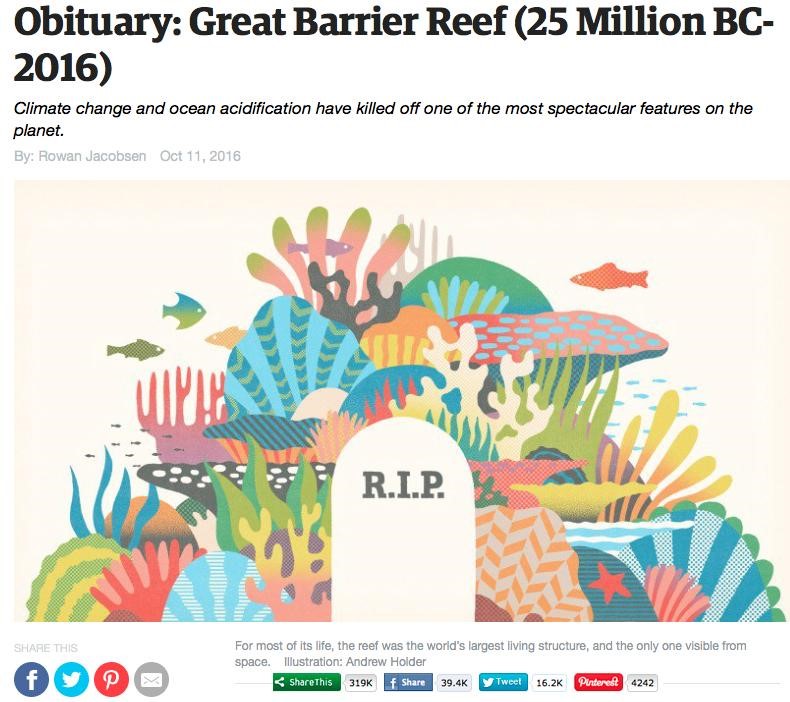
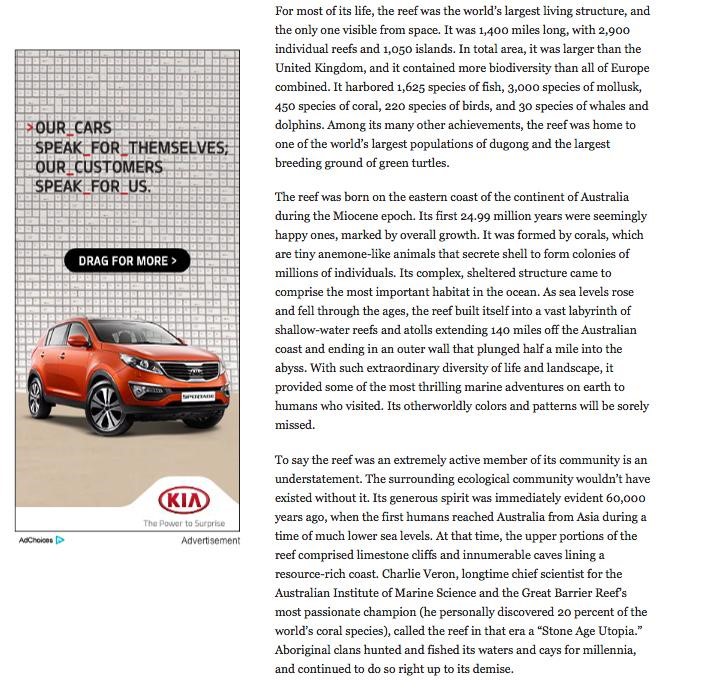
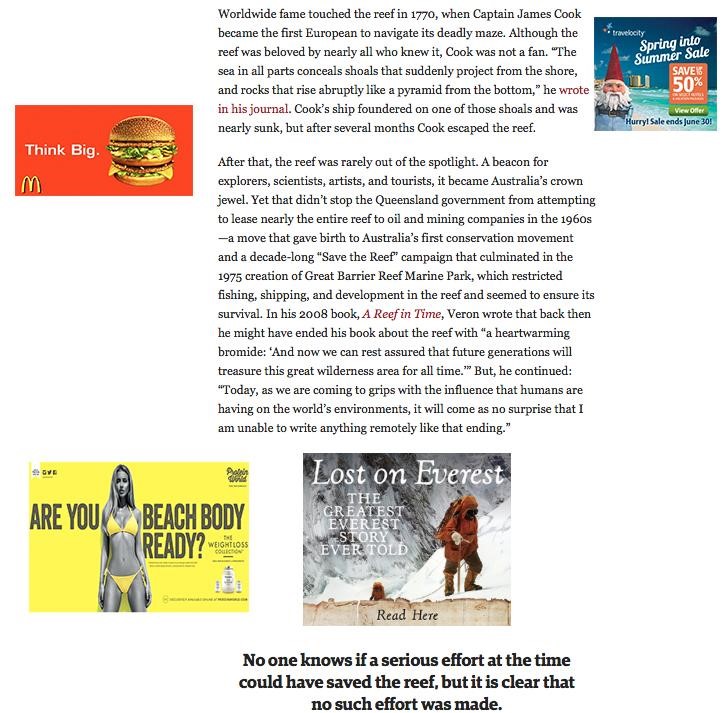
The medium condition only had a few advertisements and low bandwagon cues.
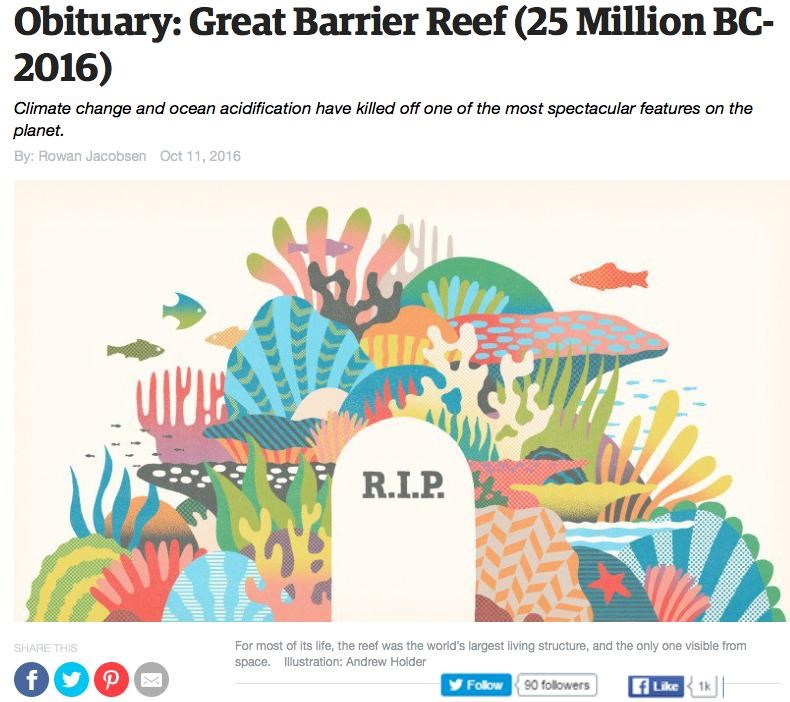
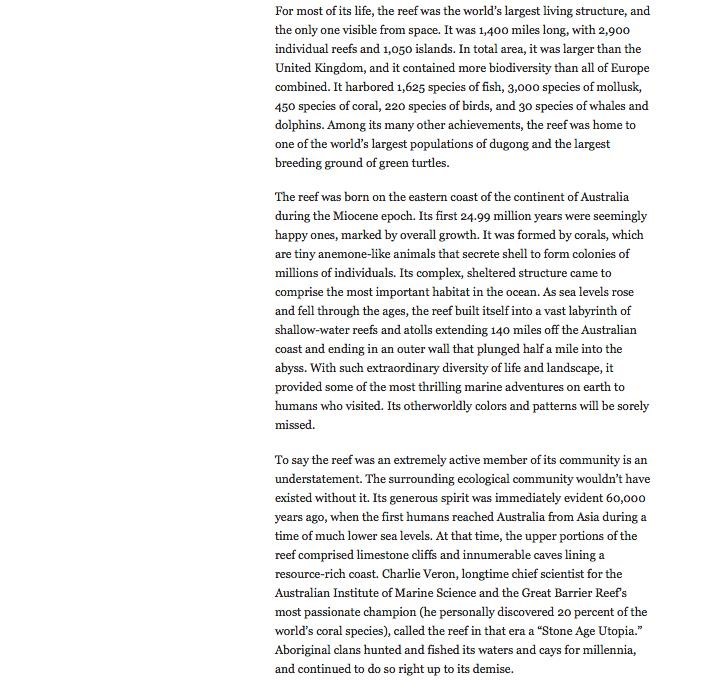
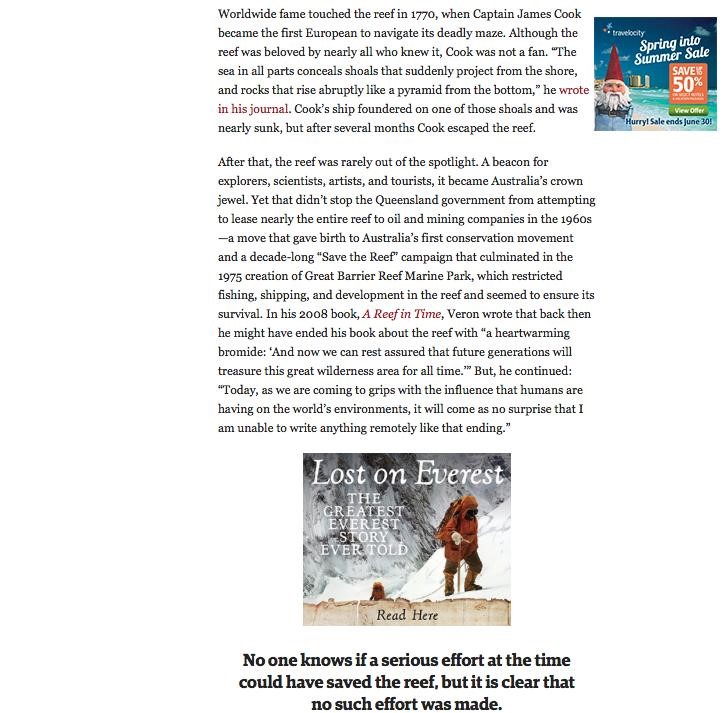
The low condition had no new advertisements added just the one that was always present on the article with no bandwagon cues.
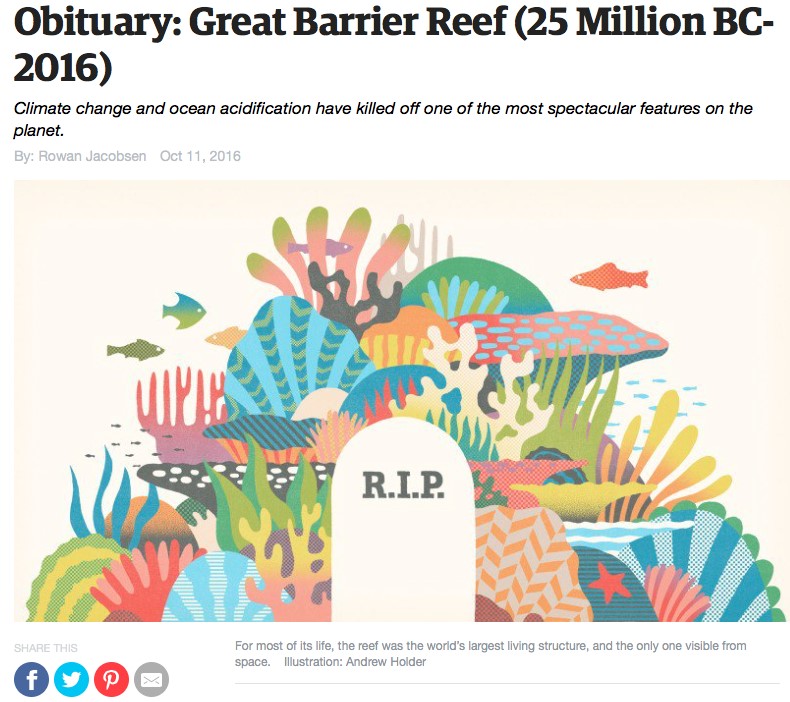
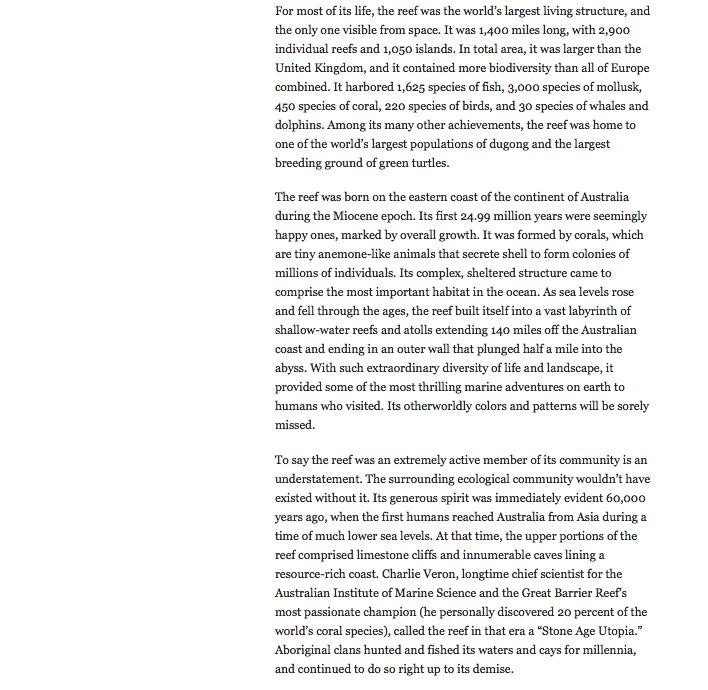
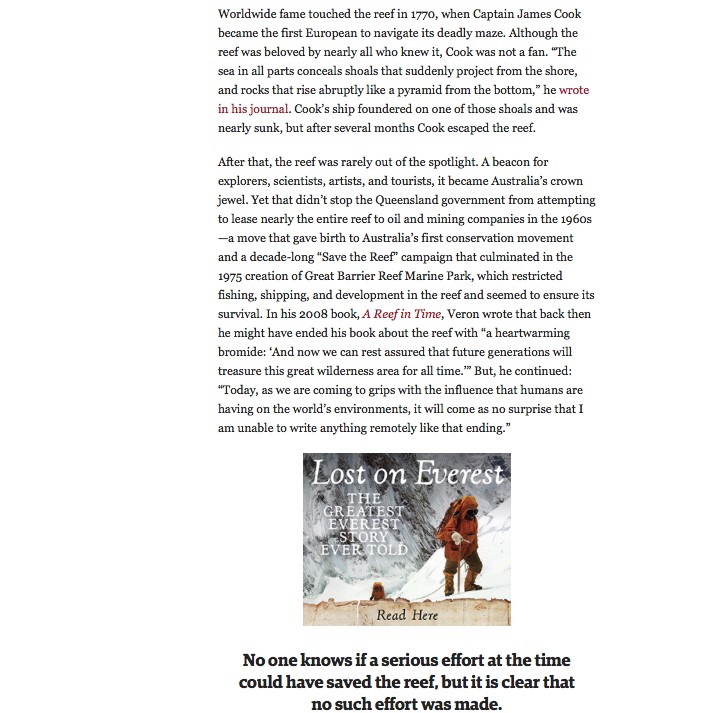
RESULTS
RQ1 was intended to test the believability of the fake news article with the number of interface cues given to the reader. We predicted that there would be an influence derived from the interface cues that would change the reader’s perceived believability of the article. RQ2 followed the same pattern, predicting that the number of interface cues would influence the reader’s perceived credibility of the article. By use of a one-way ANOVA, we were unable to support these research questions. With the smooshed measures for message credibility that included both believability and credibility measures, all three conditions predicted no significant effect. With a p-value of 0.1353, we found that the interface cues had little to no influence on the believability and credibility of the fake news article. However, the medium condition did have more influence than the high and low condition. Therefore, we predict that if we had more participants in our study, the medium condition could potentially show significant results.
RQ3 predicted that the number of advertisements would influence the degree of attention paid to the article. With the p-value of 0.0248, this showed significance thus supporting our research question three. We can predict from these results that when an article has many ads the reader is less likely to lose attention on the article than with minimal ads. An article with no ads is evidently not going to influence the reader’s attention off the article.
RQ4 predicted that the number of interface cues given to participants would influence their behavioral intention to share the article. We used questions specifically asking participants if they would share this article on social media, share it with their close friends and family and if they would share it with a colleague or acquaintance. These questions were smooshed and represent BI Share GM on the graph. Based on our results (P-value of 0.4473), there showed no significant predictor that the number of advertisements and bandwagon cues would influence the reader’s behavioral intention to share the article. Therefore, research question four was not supported.
RQ5 predicted that the particular reading habits of participants would influence their perceived credibility and intention to share. The results that we found were significant. People who read more articles on social media than non-social media websites were more inclined to share this article. This yielded a p-value of 0.0115. RQ5 was supported.
RQ6 analyzed individual fact checking behavior and if this had an influence in the source credibility and behavior intention to share. Source credibility had a p-value of 0.0200 and behavioral intention had a p-value of 0.0176. This shows a significant relationship between people's reading habits and perceived credibility and intention to share. RQ6 was supported.
H1 predicted that the more advertisements an article has, the more the reader will become distracted. this was not significant, with a p-value of 0.2262. We asked participants various questions about distraction, and ran an additional analysis just asking if the ads distracted them. This was also not significant with a p-value of 0.5521. H1 was not supported.
H2 predicted that when more people shared/liked the article, the fake news article will be perceived as more credible. People in the medium condition felt the article was more believable after being exposed to a medium number of bandwagon likes/shares. The low and high conditions didn’t yield a significant relationship. With a p-value of 0.0508, H2 was not supported.
CONCLUSIONS/DISCUSSION
Even though our findings indicated that perceived message believability/credibility and intention to share isn’t influenced by the number of cues, we found separately they do have significance. Overall, the number of advertisements do matter on an article. From our findings, we found that with many advertisements (high condition) placed on an article, the reader blocks out the ads suggesting there could be a cognitive overload. However, when the article has minimal ads that are not so obtrusive, the reader tends to notice the advertisements more. This study found that even though participants’ attention was more grabbed in the medium condition, they were not distracted with more advertisements. More advertisements in our article showed that it does not have a strong relationship with distraction. Another finding that we didn’t predict was the difference in reading habits of our participants and the relationship it had with their perceived credibility and intention to share our fake news article. One potential explanation for this is that social media readers are more likely to heuristically process reading articles through social media than through traditional websites. Additionally, social media contains click bait and instant article traffic that continuously feeds users articles to read. Therefore, there is less processing of credibility, which could lead to more of an intention to share if the article is of interest to the reader. This explanation also helps us understand why people who don’t fact check and believe those articles are more willing to share the article and believe in its source credibility.
For more details regarding the study contact
Dr. S. Shyam Sundar by e-mail at sss12@psu.edu or by telephone at (814) 865-2173

